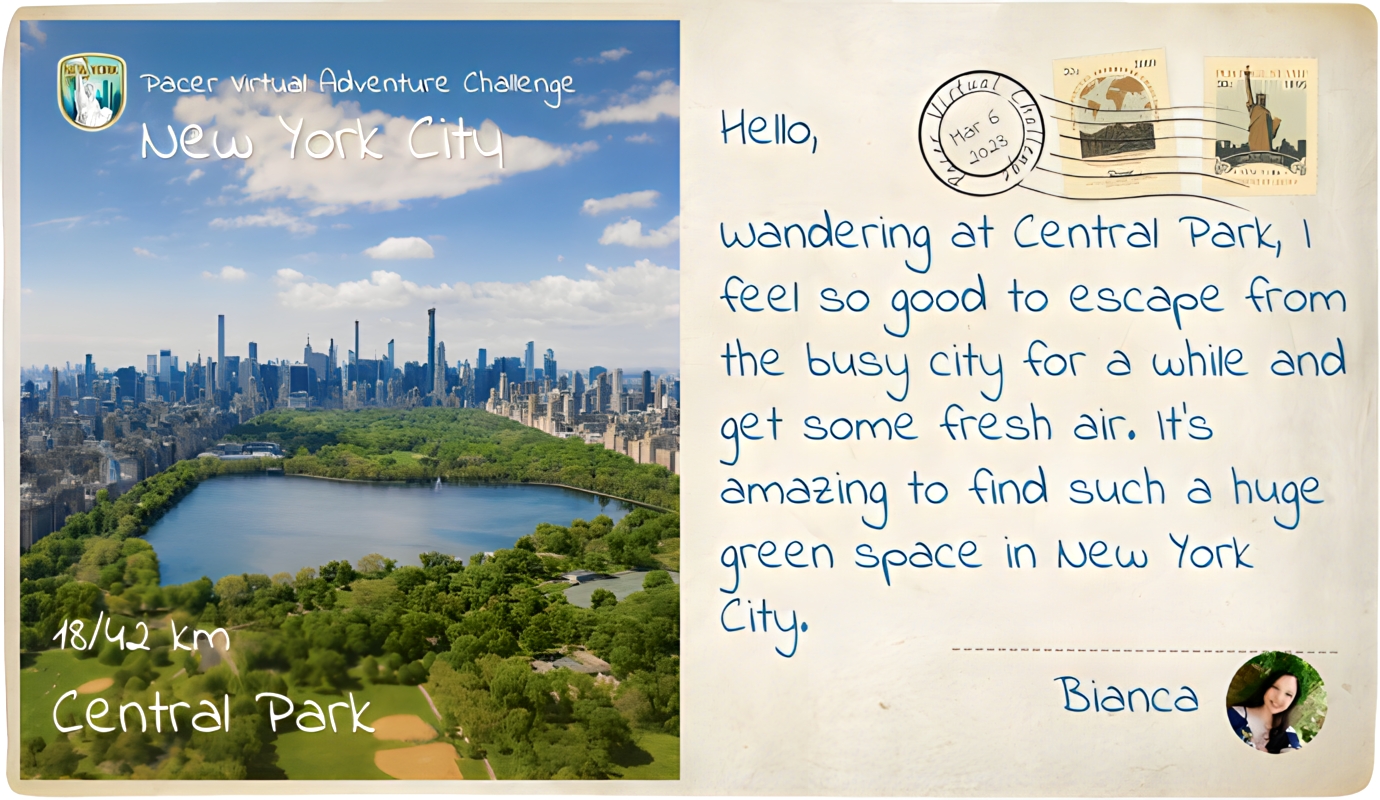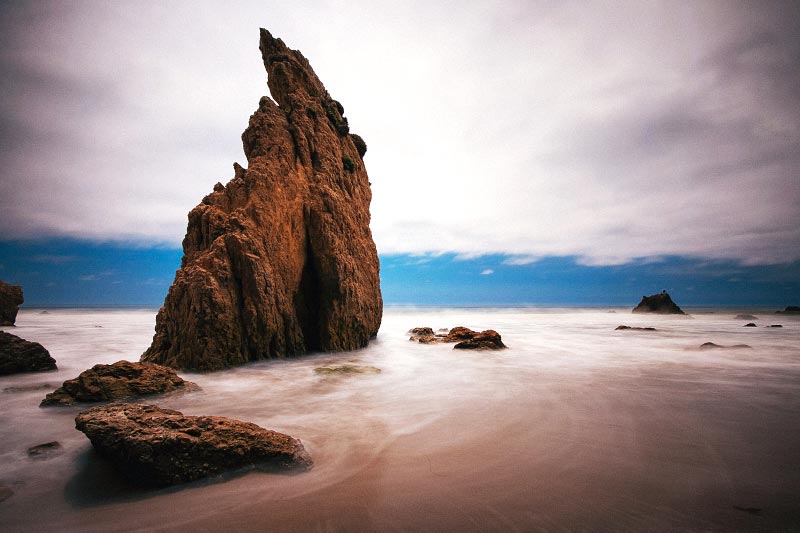New York: Central Park

The idea of a public park in New York City originated from wealthy locals who wanted to establish the city’s international reputation and provide working-class New Yorkers with a “healthy alternative to the saloon,” similar to the public spaces in London and Paris. After three years of debate on the park’s location and cost, in 1853, the state legislature authorized the City of New York to use eminent domain to acquire over 700 acres of unsuitable land in the center of Manhattan, resulting in the displacement of 1,600 residents and several churches and schools.
In 1857, the Central Park Commission held the country’s first landscape design contest and selected the “Greensward Plan” submitted by Frederick Law Olmsted, the park’s superintendent, and Calvert Vaux, an English-born architect. The park’s construction involved the labor of 20,000 workers who reshaped the terrain by blasting rocky ridges and moving millions of cubic yards of soil to create a pastoral landscape, planting over 270,000 trees and shrubs.
The park first opened in the winter of 1859, attracting thousands of visitors who skated on lakes built on former swamps. However, over the years, the park faced hardships and was even portrayed as a national disgrace due to decaying conditions. Thankfully, the Central Park Conservancy was formed to establish an endowment to sustain the park’s future, and in 2016, launched the Forever Green campaign to raise $300 million for long-term planning and restoration.
The future of Central Park will continue to be shaped by its users, and with sustained popularity and good stewardship, it will remain an iconic symbol of New York City, the state of New York, and America.
Want to join this challenge? Click here.
More from the New York Challenge:







Keep In Touch